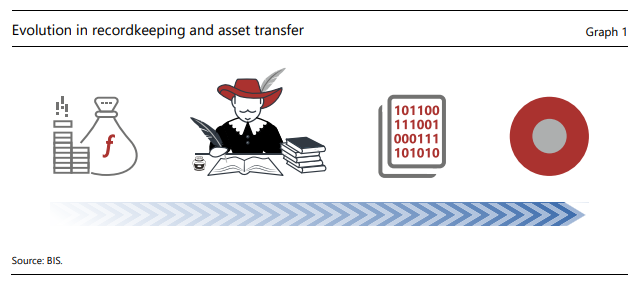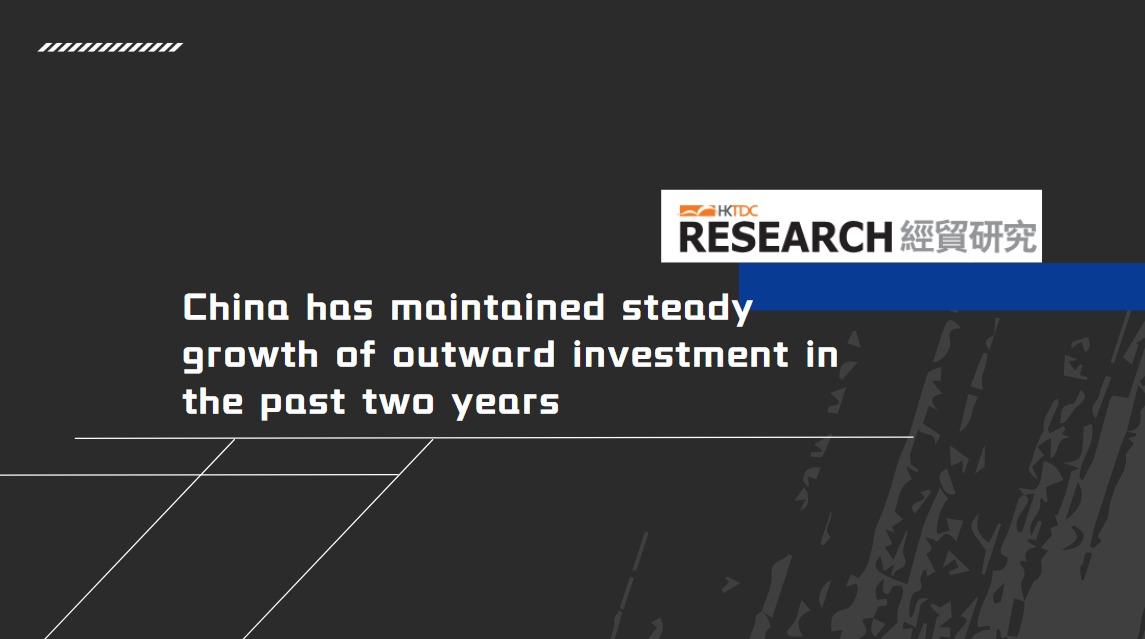A blueprint for the future monetary system
Download full text → PDF full text
Tokenisation – another major leap for the monetary system?
Developments in the monetary system and society at large have been closely interwoven. This interplay has been a story of one side pulling the other, leading to dramatic spurts of economic activity over time.
The advent of money in the form of book entries on ledgers overseen by trusted intermediaries opened the door to new financial instruments (Graph 1). For example, bills of exchange played an instrumental role in boosting economic activity a few centuries ago. There is no doubt that the rapid expansion of trade and commerce that has occurred over the past centuries would have been impossible if buyers and sellers still had to cart around heavy loads of metal coins to pay for goods and services.

With the advent of the digital age, paper-based ledgers were replaced by their digital counterparts. Through dematerialisation and digitalisation, the interplay between money and the economy has wrought profound changes on society at large. After dematerialisation and digitalisation, what could be the next step in the evolution of the monetary system?
This year’s special chapter argues that the monetary system could be on the cusp of another major technological leap in the form of tokenisation. Tokenisation is the process of representing claims digitally on a programmable platform. It can be seen as the next logical step in the long evolutionary arc of recordkeeping and asset transfer.

Tokens integrate the records of the underlying asset normally found in a traditional database with the rules and logic governing the transfer process for that asset (Graph 2). Hence, whereas in traditional systems the rules that govern the updating of asset ownership are common to all assets, tokens can be customised to meet specific user or regulatory requirements that apply to individual assets. Tokenisation introduces two important capabilities. First, it enables the contingent performance of actions through smart contracts. And second, it provides greater scope for composability, whereby several actions are bundled into one executable package. In this way, tokenisation could overcome pinch points in the current monetary system and unleash latent demands.
......






















































First, please LoginComment After ~